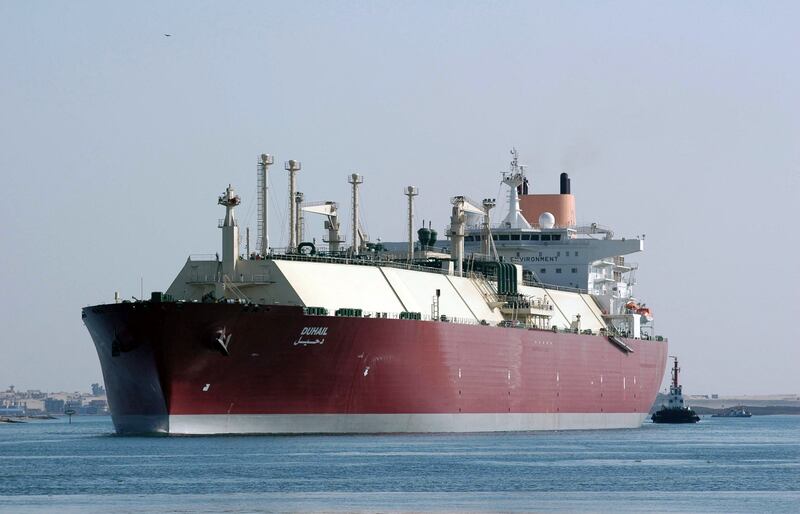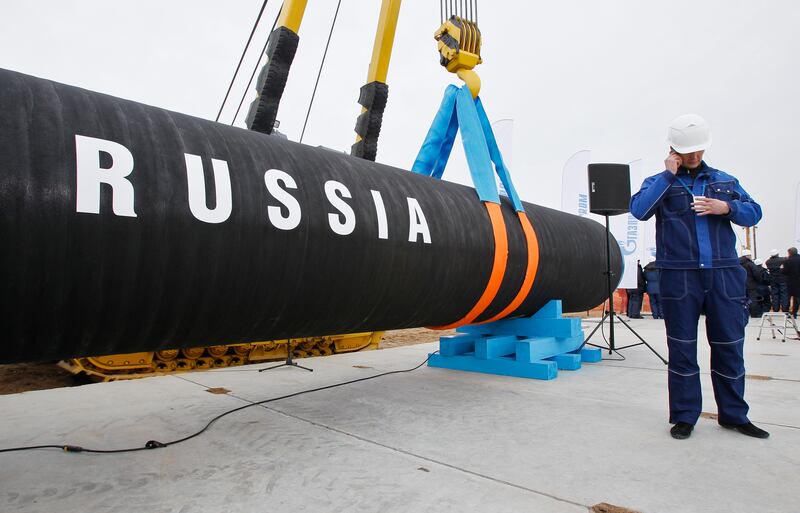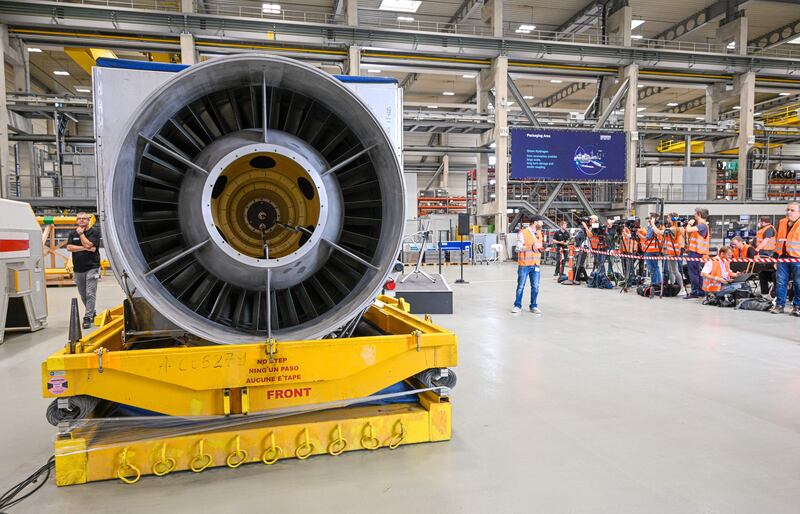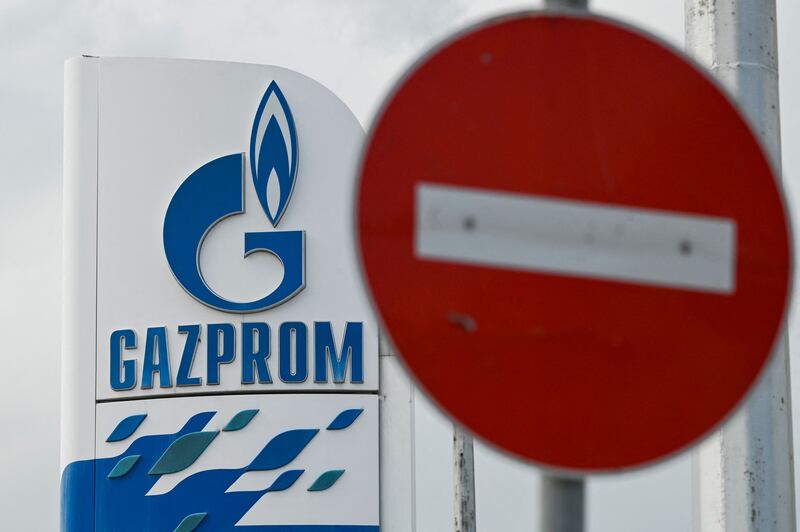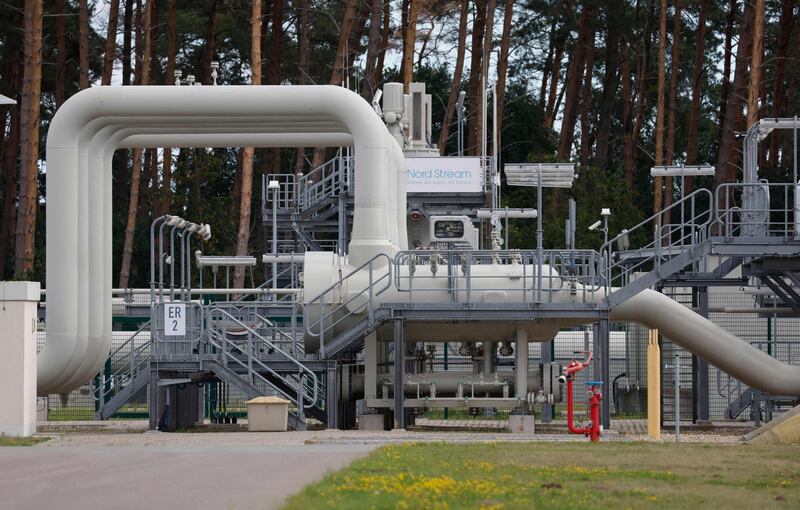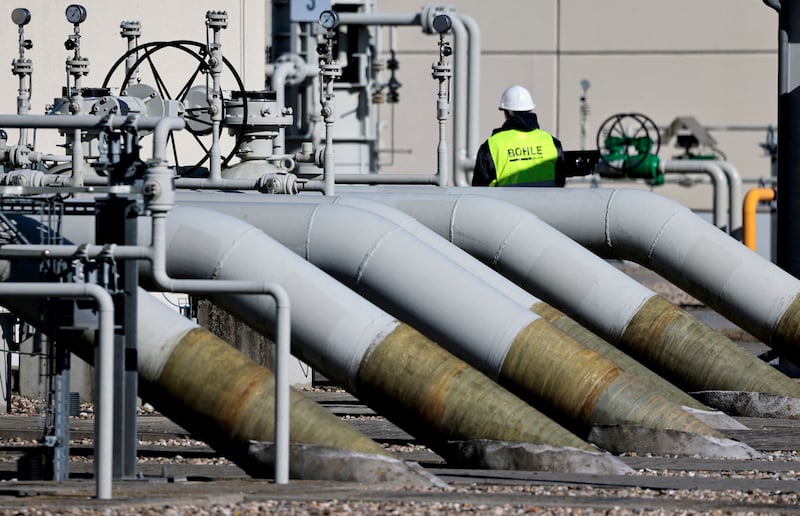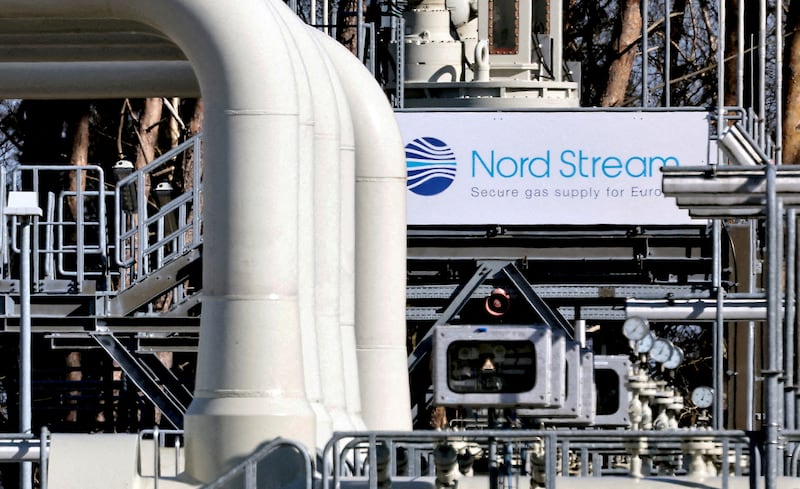Three deals announced last week herald a profound reconfiguration of the global gas market. One sends gas to Asia, another to Europe and a third opens up Middle East gas. And the world’s greatest gas power of all is on the losing end.
On 21 November, QatarEnergy agreed an exceptionally long and large contract to send 4 million tonnes (5.4 billion cubic metres, bcm) of the chilled fuel, liquefied natural gas (LNG), annually to China’s Sinopec for 27 years.
Starting in 2026, this would run beyond mid-century, when the majority of the world economy is supposed to have reached net-zero carbon (China’s own target is 2060).
On Tuesday, ConocoPhillips and QatarEnergy concluded arrangements to ship two million tonnes of LNG to Germany a year over 15 years. And last Monday, Abu Dhabi National Oil Company (Adnoc) announced it would combine its LNG and gas processing arms, and conduct an initial public offering of the new entity next year.
The essential undertone to these events combines three of this century’s leitmotifs: the rise of Asia, decarbonisation to combat climate change and Russia’s invasion of Ukraine.
China seeks to raise the share of gas in its energy mix from less than 9 per cent to 12 per cent by 2030. This would remain far below the global average. Nevertheless, the middle kingdom is the world’s third-largest gas consumer, not far behind Russia, the top producer. It also overtook Japan as the world’s biggest LNG importer last year.
Gas is an essential tool in cleaning up China’s polluted skies, and in reducing planet-warming emissions. Later, it too will have to be replaced with zero-emissions technologies — carbon capture and storage, nuclear and renewables — but for now it is the quickest way to make large carbon savings.
But China is in a race against Europe to secure gas. Russia is wrecking its own world-leading gas export business, cutting supplies to its western neighbours to near-zero, and including the physical destruction of the Nord Stream pipelines. Output was down about 20 per cent as of August, upon which Moscow stopped publishing figures.
World gas trade is thus reorienting from pipelines to LNG transported by tanker. Russia will try to shift some of its European sales to China, building more long and very costly pipes from Siberia. But its former exports to Europe are equivalent to China’s imports from all sources. Beijing will buy more from Moscow, but it will not replicate Europe’s disastrous over-dependence.
Europe itself has to replace up to 155 bcm of Russian gas imports, of which LNG will likely account for about 100 bcm. It will build another 50 bcm of new import capacity by the end of next year. Yet only 20 billion cubic metres of new LNG export capacity will come online worldwide next year. Before 2025, only the US will add any significant capacity, about 60 bcm between five projects.
The LNG market is intensely cyclical, even more than gas overall, or oil. Weak periods for new LNG capacity occurred in the early 2000s, in 2012-15, and now from 2020 until at least 2025.
Apart from a few smaller fast-track floating projects, liquefaction plants take at least three to four years to build. Taking a major project from concept through to operations sometimes requires decades.
Current high prices and the imperative of supplying Europe are encouraging supply in the medium term. QatarEnergy’s is the largest single global expansion under way, gaining 67 bcm by 2026-27. Adnoc’s new Fujairah plant is another important project with 13 bcm in a similar period.
African countries such as Mozambique — which recently started its first exports via a floating facility — Congo, Mauritania, Senegal and Tanzania will also play important roles, but mostly after 2026.
Regasification terminals, by contrast, which turn the liquid back into gas for distribution to customers, are quick and easy to construct. Historically, eighteen months would have been typical.
The floating import facility at Wilhelmshaven in notoriously bureaucratic Germany started operations on 15 November, taking just 194 days from the start of construction, a remarkable achievement.
Once built, plants run as close to full capacity as possible, to recover their high fixed costs. Conversely, import terminals serve market demand, and might not be needed at all at times. This makes spot prices extremely volatile — $1.85 per million British thermal units (mmbtu) in the depths of the pandemic in May 2020, $57 per mmbtu — more than $300 per barrel of oil equivalent — this August as customers scrambled to cover losses from Russia.
To avoid this, Asian buyers in particular have typically preferred long-term contracts based on oil prices, like the Sinopec deal. These cost more on average but avoid damaging price spikes. Doha has demanded such lengthy commitments, which Europe has found it hard to grant because of its decarbonisation timeline. The German deal could be a sign that is changing, at least until the mid-2030s.
So where does this place Adnoc’s gas reorganisation? The possibility to export more gas from the UAE rests on the country’s successful deployment of nuclear and solar power, and improved energy efficiency at home, freeing up fuel from electricity generation. It also relies on the development of new, technically challenging resources.
Adnoc has to ensure it stays competitive and gets to market while the window of Russian replacement stays open. But the rise in American domestic prices after a decade of torpor raises US export break-even levels and improves the prospects for others.
And offering private investors even a minority stake gives some access to the virtually closed world of Middle East gas — dominated by a handful of state companies and big international partners. Between China, Europe and Russia, this region can grasp a pivotal role in the new gas geography, just as it has so long held in oil.
Robin M. Mills is CEO of Qamar Energy, and author of The Myth of the Oil Crisis
